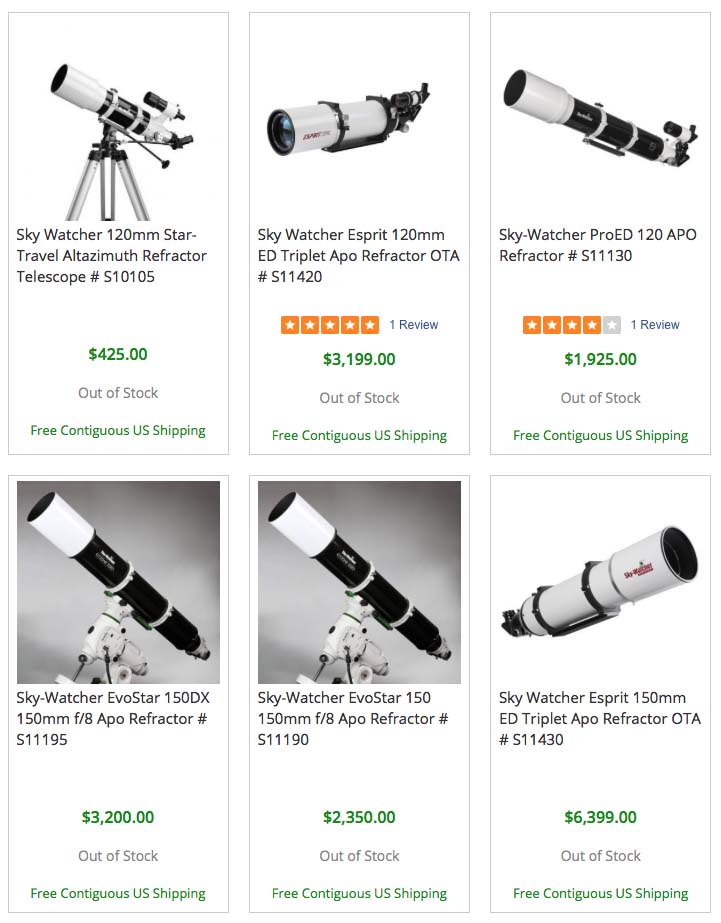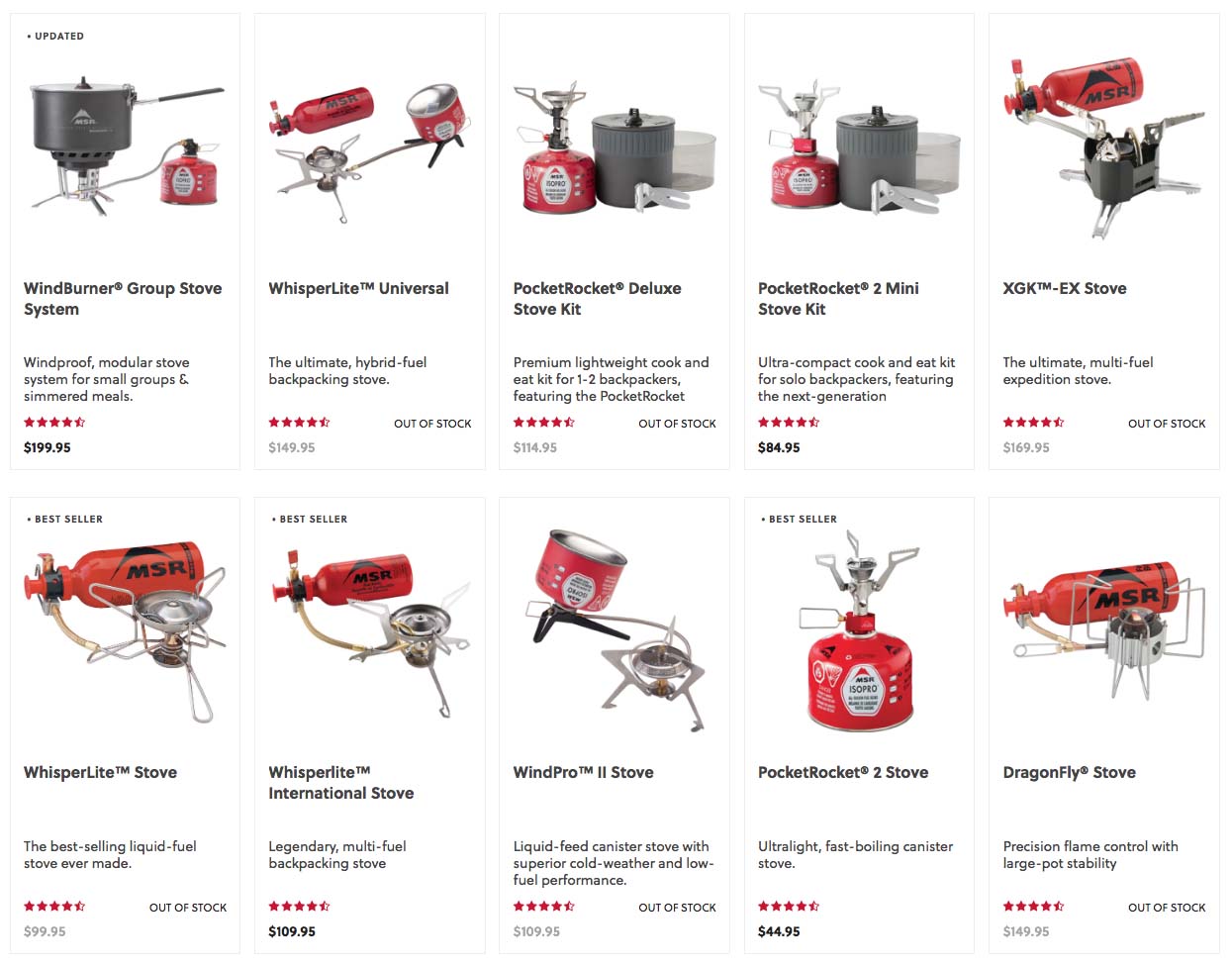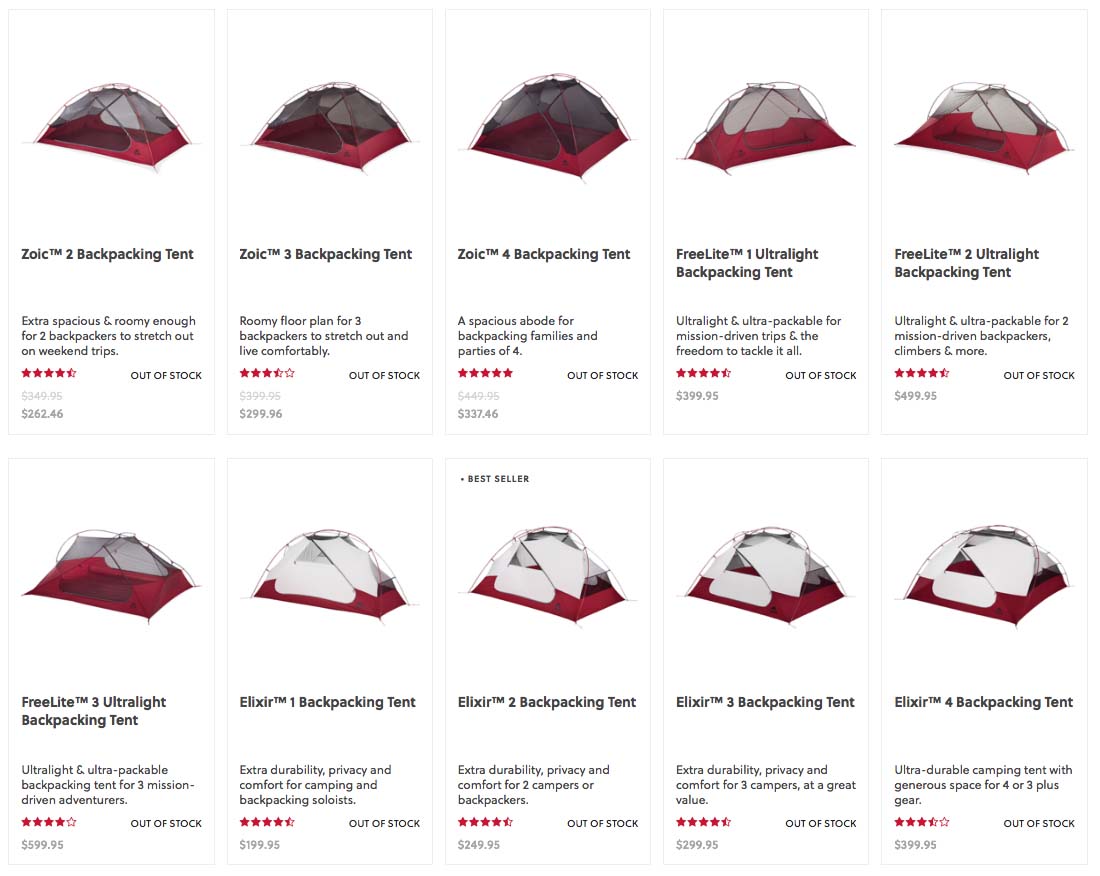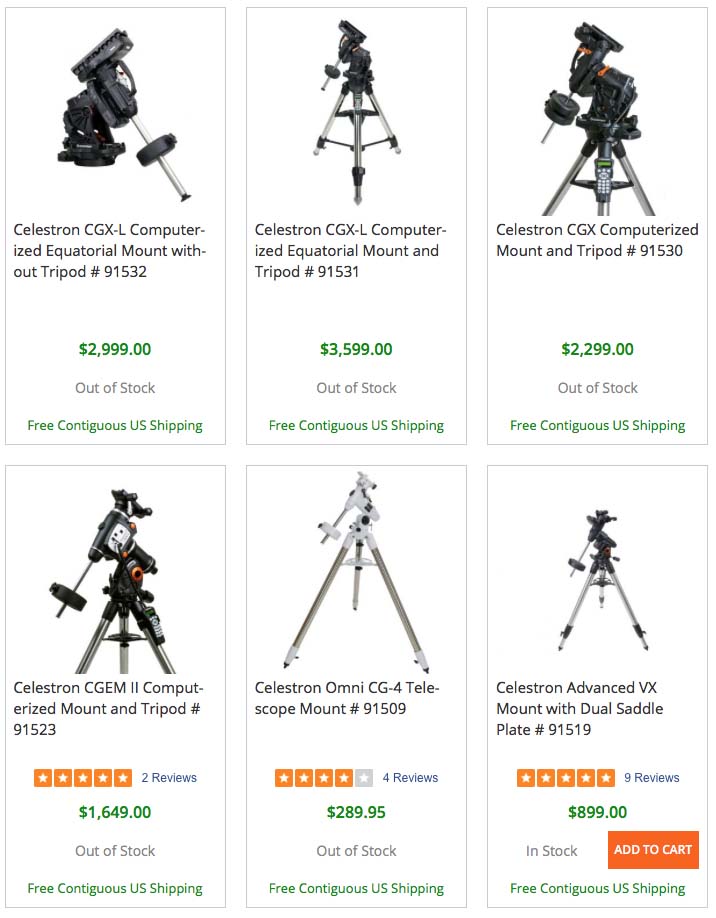What’s Up With That?
Joyce and I don’t buy much “stuff.”
And even if we did, this has been common during the past few months . . .
When we do purchase an item, we do our research, and buy the best we can afford with an eye to quality, durability, and functionality. So the pandemic hasn’t affected us much, other than I would like to buy another telescope, which will probably not be available until next year.
Last summer I read, and friends confirmed, that many outdoor products were not available. Tents, canoes and kayaks, exercise equipment, telescopes, binoculars, cameras and similar equipment were in short supply and often completely unavailable.
Back in August we drove past an Airstream Travel Trailer dealer in Las Vegas, which usually has dozens of shiny new trailers on the lot. At the time there were only around 6 on the lot, and all were used.
A lot of Americans are whining because they can’t buy glimmering new toys.

First World Problems
Americans are in love with cars and trucks. Seems so many need new ones even though what they have works perfectly well. We are in a situation where many models of cars and trucks are in short supply, mostly due to a shortage of computer chips, creating a supply and demand imbalance. More demand than supply. So prices go up. Of course Americans are spoiled, and will pay more. How much more? For some models folks are paying $5,000 and more above the Manufacturer’s Suggested Retail Price for something they really don’t need. What is worse, many are borrowing money (car loan) to finance an inflated price, which will go down in just a few months.
Most backpackers I know have several stoves and tents. And yet, they think they need a new one every year to add to their collection that sees very little use anyway. There is a new term for this over consumption — a quiver of gear. Just like a quiver full of arrows, we have a quiver of stoves and tents, or whatever one’s hobby may be.


We must be crazy!!
Stuck at Home in the time of COVID
Since most gyms were forced to close and people were at home, it was to be expected the public would buy every piece of exercise equipment available.
Many folks decided to engage in new hobbies. Astronomy can be done from your backyard and, not unexpectedly, sales for telescopes, mounts, and astrophotography equipment went through the roof. Everything out of stock. And on the online astronomy forums many are whining and complaining they can’t buy a new toy or that used prices now match what the brand new things cost just a few months ago.
Last year I decided to upgrade my telescope mount. There were none available in the class of mount I wanted. And I mean NONE. I bought the very last Celestron CGX telescope mount available in the United States, from a store in Denver. It was a purchase I was planning before the pandemic hit, and it took a lot of time searching the Internet to find it. I will say though, I have gotten a lot of enjoyment out of this mount, using it almost every night for the past 8 months or so, weather permitting. However a great number of this same, exact mount were purchased by people new to the hobby. I expect there will be a glut of used telescope mounts on the market next year.
Want versus Need
If your refrigerator breaks and can’t be repaired, you need a new one. If you tire of the color or want a water dispenser equipped fridge, you don’t need a new one. Want vs. Need.
Last year our second refrigerator, the one in the garage, broke. The compressor in it died. The refrigerator was 30 years old. Joyce wanted another one for the garage. But we don’t need two refrigerators. It’s just the two of us. Aside from whether or not we needed a new second refrigerator, Joyce wants two refrigerator. Common sense lost the battle to desire. On the other hand,
Happy Wife = Happy Life
. . . and we could afford a new one.
What I didn’t anticipate, at the time, was a shortage of refrigerators. Along with people hoarding toilet paper, paper towels, and hand sanitizer, stores had run out of refrigerators because people were snapping them up so they could stockpile extra food, which at the same time was creating a shortage of food.
It’s a vicious cycle.
All the usual big box stores (Best Buy, Lowe’s, Home Depot, etc.) were out of refrigerators. Of course at this point, if we did not purchase a new second fridge, our food would spoil. I found just one available and in stock where we live. It was a stripped down, basic white fridge. But it was what she wanted anyway.
The same goes for a lot of things in our first world country. Most backpackers don’t need a new stove or tent; they already have one that works just fine.
Do we really need an 80” TV when we already have a 55” unit that works fine?
I have an 8” diameter and a 2” diameter telescope. Both work. It would be nice to have something in between. A 4” scope will provide a better view for objects too small for pick out details with the 2” and are larger than the field of view of the 8”. But I don’t need a 4” scope. I would like one, or rather, I want one. The one I am considering won’t be available until the end of the year or maybe next year.
I have found a couple used ones of the exact model I want, but don’t really need, being sold by private parties online. But the asking prices are 90% of what a new one would cost. By the time Pay Pal fees and shipping are added, it is the same cost as a brand new one, but without any warranty. Common sense dictates that a used telescope isn’t a smart purchase decision at full retail cost.
I can wait. I don’t need another scope.
This is how a market economy works. A shortage of product drives up the demand for used items. For things like telescopes, backpacking and camping gear, cars and trucks, these increases are for goods the consumers don’t really need.
We are like spoiled children.
Dissecting the Consumer Goods Shortage
Aside from government actions, which are another topic for another day, let’s take a look at the supply chain.
Raw Materials
Almost everything we buy these days requires the raw materials to be mined or extracted from the earth — even our clothes, which are often made from polyester, nylon, or similar products. These fabrics are woven from threads created from petroleum products.
We need people to extract these raw materials. If they are sick or not allowed to work, extraction stops.
Once these materials are extracted, they have to be transported to the company that will turn them into something useful. Keep in mind that these companies are not the product manufacturer.
Component Parts
A tent or backpack is made from cloth of some sort, thread, zippers, buckles, straps, cords, etc. If just one of these items is in short supply, the pack or tent maker can’t create the finished good.
It gets more complicated for large items such as cars or major appliances. The lack of availability of a simple computer chip can shut down a factory for months. A shortage of glass, metal gears, fabrics, etc. can affect entire industries, as the past year has shown us.
But we cry that we can buy a new toy.
Manufacturing
If, in this day and age, a manufacturer can get all the component parts needed, then they can build their product. Of course if the government shuts down the business due to the pandemic, or too many employees are sick, then production slows down or ceases.
Add to this transportation disruptions at our ports, trains and trucks trying to move a backlog of products, and all the other factors impacting the entire supply chain, you may not be able to find the products you want.
What to do?
Do nothing.
Don’t buy something if you don’t need it, especially if you have to pay a pandemic induced price increase. Do with what you have. Be thankful that you have enough extra money to buy stuff. A lot of Americans lost their jobs, homes, savings, and/or business during the pandemic.
Don’t cry because you can’t buy a shiny new toy.
